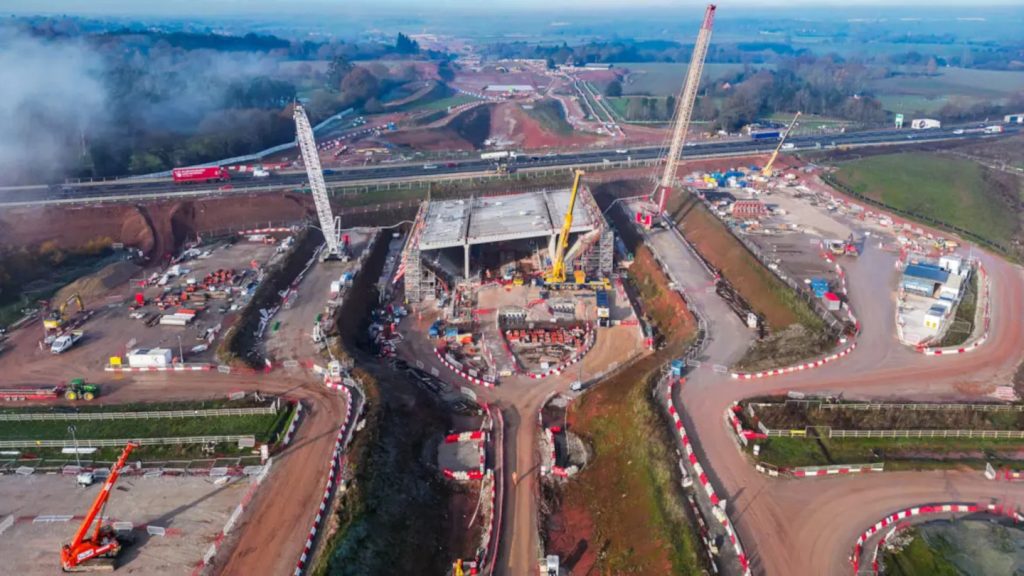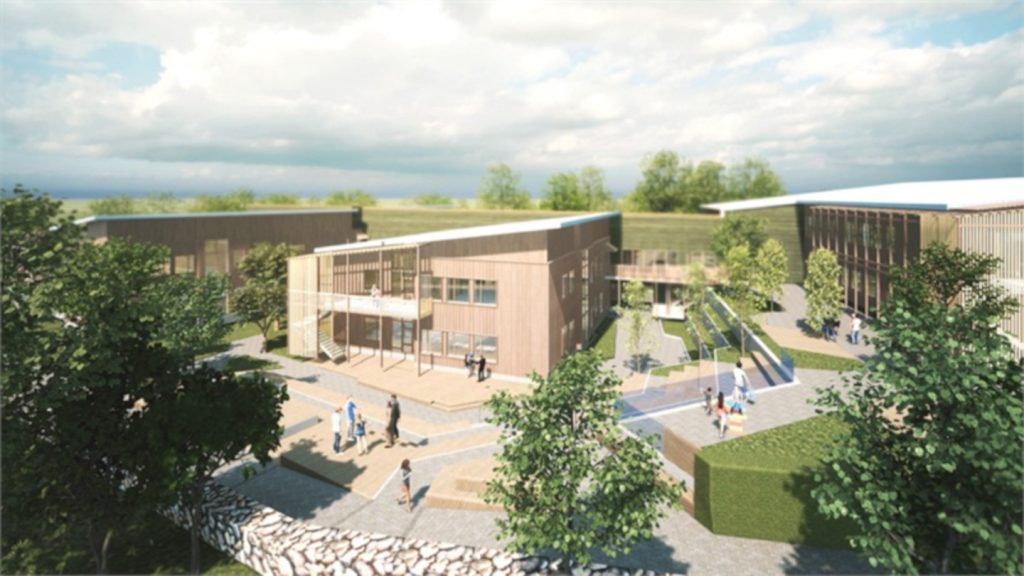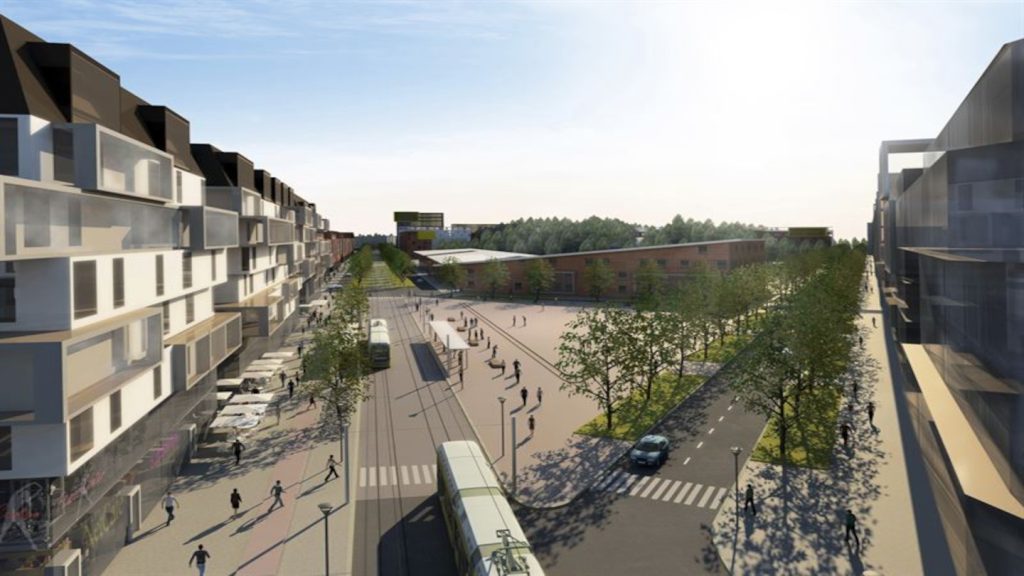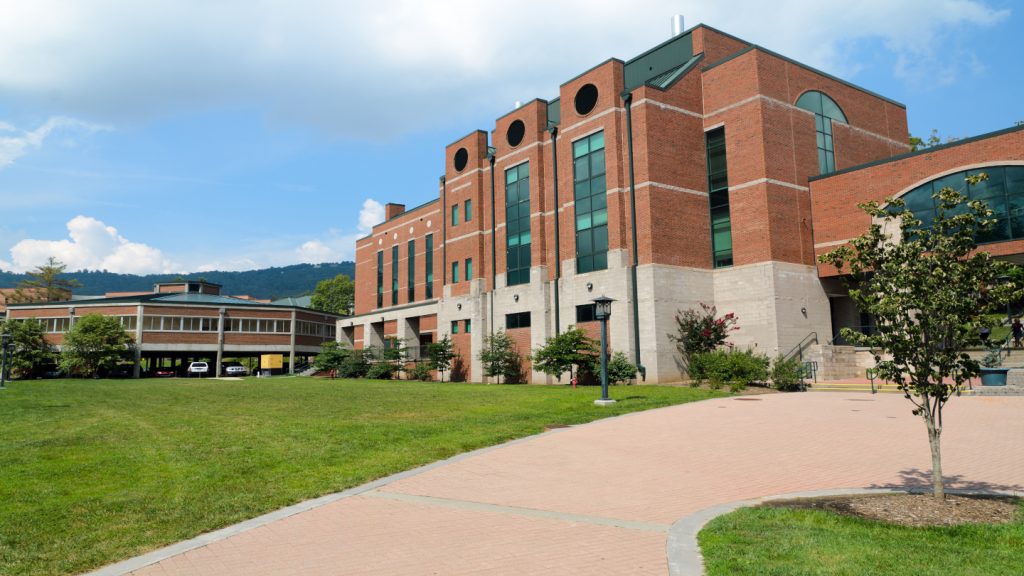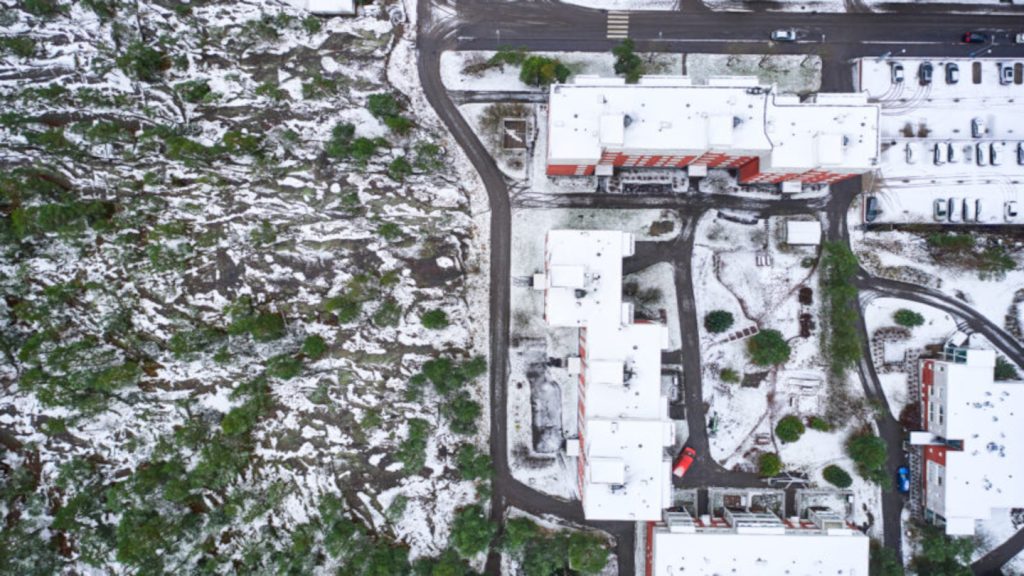The Balfour Beatty VINCI joint venture has completed the installation of 120 concrete beams on a 14,500-tonne box structure that will support the High Speed Two (HS2) line beneath the A46 Kenilworth Bypass in Warwickshire, UK.
The beams, measuring between 13m and 24m, were carefully placed with the help of three large cranes.
This work was completed ahead of schedule and was finished in 14 days.
The strategic positioning of the structure next to the A46 road has been instrumental in eliminating nearly two years of potential traffic disruption.
This approach prioritises efficient and safe construction practices while minimising inconvenience to the public.
With the beams now in place, the focus is on the completion of the deck and installation of parapets on the structure.
In early 2025, the structure will be relocated to its final position beneath the A46 using an advanced jacking mechanism developed by Freyssinet.
This system will move the box at a speed of up to 2.5m per hour, covering a distance of 64m in total.
Preparatory work for the box push procedure is already in progress.
Balfour Beatty VINCI project director John McNiffe said: “The safe and successful installation of 120 giant beams is another great achievement for the Balfour Beatty VINCI team delivering this box bridge slide in Warwickshire. This 14-day operation required extensive planning and precision, and I am incredibly proud of how the team rose to the challenge.
“The next stage involves constructing the deck and installing parapets before the bridge is moved into position under the carriageway, enabling HS2 trains to pass underneath.”
HS2 senior project manager Vicki Lee said: “I’d like to congratulate the entire site team for successfully moving such a large number of beams into place as we approach the final phase of the A46 box’s construction.
“I also thank motorists in advance for their patience as we prepare for the box push in spring and start initial preparation work during the February weekend closures. These closures allow us to carry out important works directly on the carriageway, which would be unsafe to undertake during live traffic.”


